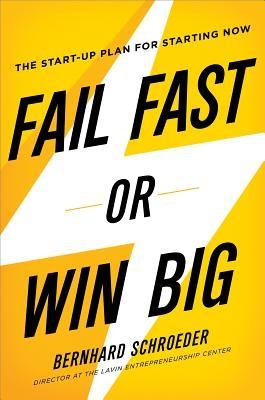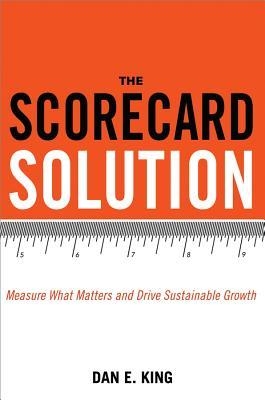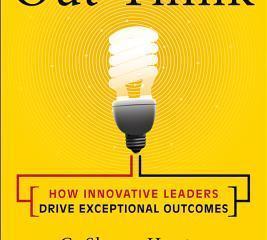

“Fail Fast or Win Big – The Start-Up Plan For Starting Now” by Bernhard Schroeder (AMACOM, $21.95).
Is there a shortcut to starting a business? Yes. Does it require a thoroughly vetted, whiz-bang business plan? No.
Schroeder’s “LeanModel Framework (LMF)” introduces the rough-draft process and follows the advice he provided to numerous other entrepreneurs, including the founders of Yahoo! and Amazon.
Instead of a business-plan-based concept, LMF relies upon a loosely market-tested prototype that gauges customer interest. With customer feedback, an entrepreneur can “make the decision to tinker or rethink the approach, scale up or even abandon ship.”
LMF saves money and attracts money. With negative, fail-fast feedback, the entrepreneur saves money by not trying to provide the answer to something that doesn’t attract consumer interest.
With positive, win-big feedback, it’s easier to sell investors on the merits of the product or service. If you’ve ever watched “Shark Tank,” you know potential investors prefer sales to business-plan forecasts.
How to establish proof-of-concept? Crowdfunding. An effective crowdfunding campaign generates excitement and pre-orders. By giving consumers a discount or reward based upon how much they contribute, entrepreneurs not only obtain feedback, they get debt-free working capital. If you meet or exceed your “ask dollars,” you get the funds; fall short and you get nothing.
To successfully crowdfund you have to have your marketer’s hat on. Schroeder states: “Put some passion — and a bit of personality — into telling your story. Give them an ‘emotional’ reason to support you.”
You’ll have to spend some up-front money; engaging a marketing communications firm to help you tell your story will ensure your written and video communications are professional. Such a firm knows the ins and outs of using social media to help your story go viral and pass “acceptance muster” at crowdfunding sites like IndieGogo, Kickstarter, Rocket and Peerbackers.
Schroeder points out that there are crowdfunding sites for equity investment, too. OurCrowd, Micro Ventures, Angel List and other “equity” crowdfunders have networks of individual investors that pool funds for startups.
Key takeaway: “Speed to market is the new normal.”
“The Scorecard Solution – Measure What Matters and Drive Sustainable Growth” by Dan E. King (AMACOM, $29.95).
Barriers to optimum performance reduce strategic and tactical momentum. Metrics provide an early-warning system that cues course correction. But what should you measure and how should you measure it?
King’s “Organizational Prowess (OP) Scorecard” focuses on the three interrelated drivers of every business — strategy, execution and talent. Initial completion provides an eye-opening baseline about areas doing well and those lagging. Subsequent completion at six-month intervals allows firms to measure results.
Let’s look at the drivers: Strategy involves determining what will be done. OP starts with market intelligence.
Key questions posed: How much do you know about your competition? How much do you know about your consumers? It then looks internally through SWOT (Strengths, Weaknesses, Opportunities, Threats) analysis.
Having an outside facilitator chair the strategy meeting has two benefits:
1. Help the group get past congruent thinking, and
2. Ensure that roles, not titles, drive participation. The outcomes of the meeting should be prioritization of initiatives, a top-to-bottom communication plan and an execution template.
The execution phase uses the template to develop the tactics and performance metrics for the teams involved (including individual goals of team members).
It ensures that the teams have the resources required to reach their goals and establishes cross-functional feedback loops to fuel collaboration. It also establishes the types of reports needed to assess progress and barriers.
Talent remains a key in both strategy and execution. “A” players must own mission-critical roles. Talent development and upgrading must become part of the organizational culture in order to keep momentum.
The Bottom Line: Performance deviations = missed opportunities.
Jim Pawlak is a nationally syndicated reviewer of business books.






